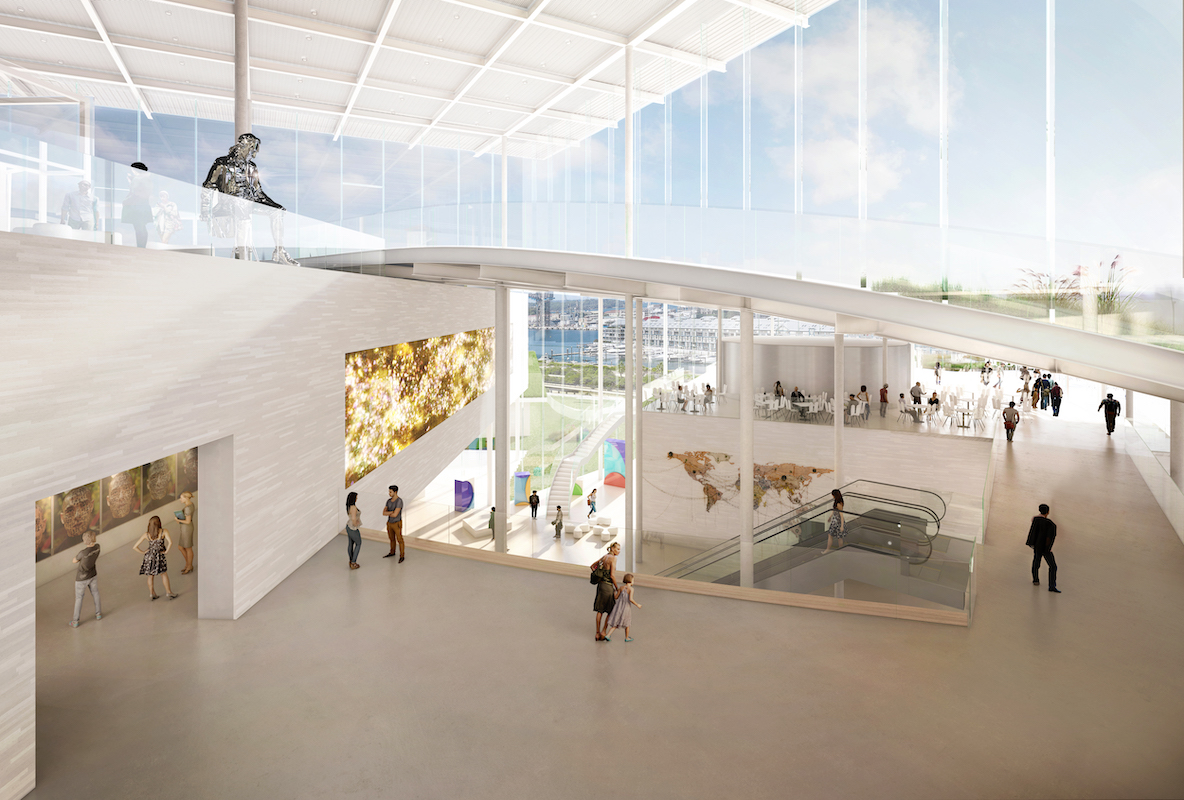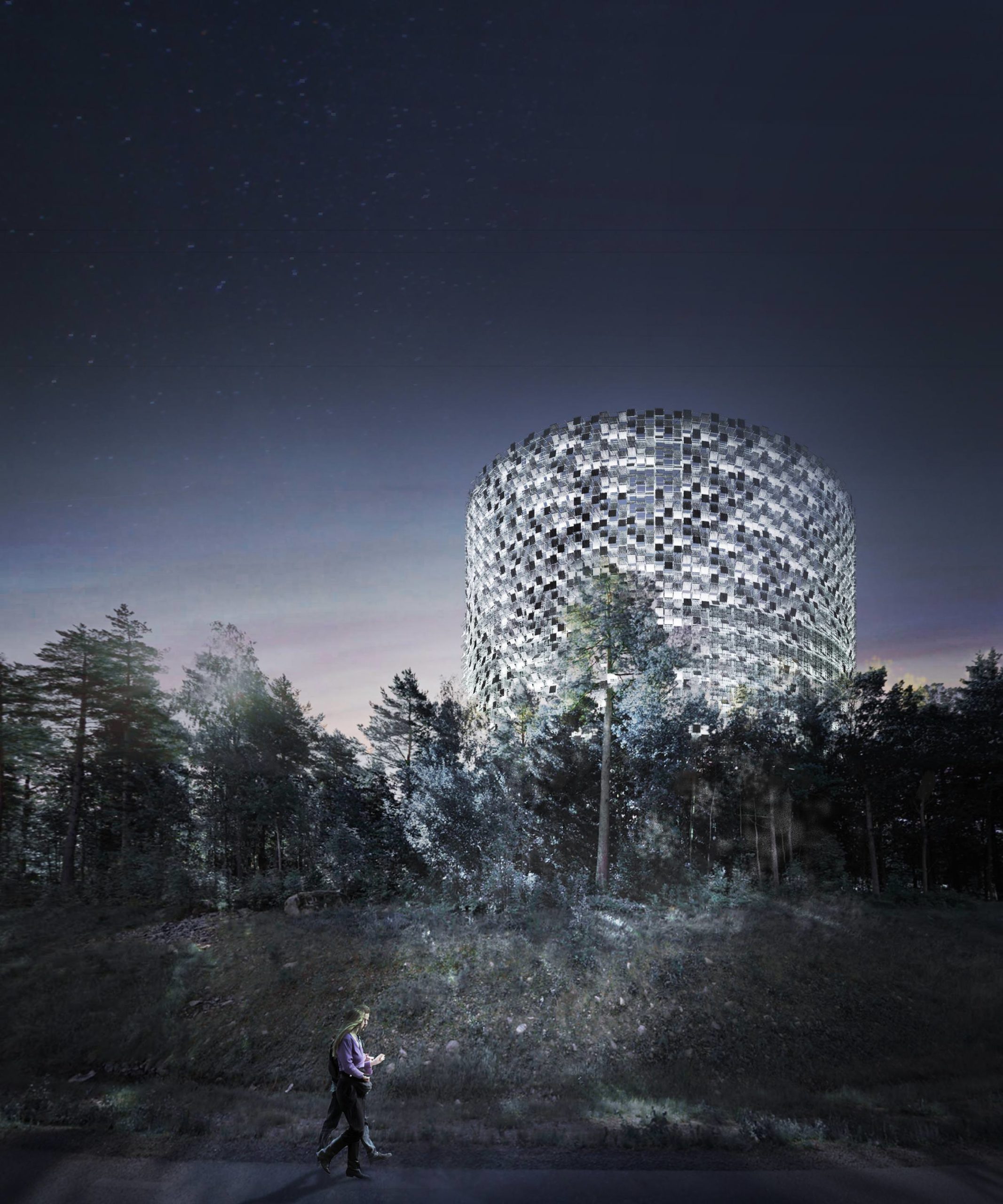On December 3, Australia’s Art Gallery of New South Wales unveils its latest expansion, the Sydney Modern Project, designed by the Pritzker Prize–winning architects SANAA. Overlooking Sydney Harbour, the addition nearly doubles the size of the museum’s current exhibition space and is connected to the original building by a public art garden.
The museum opens with a commitment to a greater focus on Aboriginal and Torres Strait Islander art. The inaugural program within the Sydney Modern Project features works by more than nine hundred Australian and international artists, including sculptures, acquisitions, and commissions by artists like Lorraine Connelly-Northey, Yayoi Kusama, Khadim Ali, Samara Golden, Kimsooja, Simone Leigh, and Sanné Mestrom. It also includes an unusual underground space called the Tank—a former World War II naval fuel tank repurposed as an exhibition space—hosting “The End of Imagination” by Adrián Villar Rojas.
The Sydney Modern Project sets a new benchmark for sustainable design in its receipt of a six-star Green Star design rating by the Green Building Council of Australia. Whitewall spoke with the museum’s director, Dr. Michael Brand, to learn more.
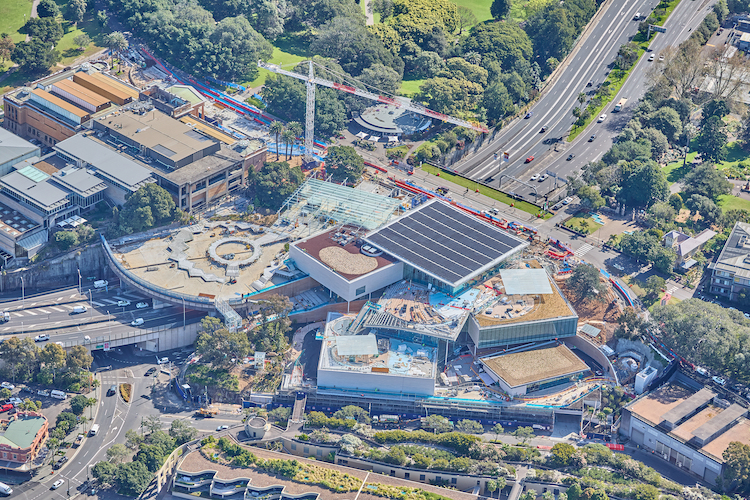
Photo by Craig Willoughby, courtesy of Art Gallery of New South Wales.
WHITEWALL: How does your role at the museum respond to Australia’s cultural and environmental state today?
MICHAEL BRAND: My role is to work at the intersection of the creative, government, commercial, and technical worlds. Increasingly, the future of art museums requires us to find solutions to questions of sustainability, to play a more significant sociopolitical role in society, to redress the effects of colonialism, and stay agile and responsive to major challenges in our rapidly changing world—such as we’ve experienced with a global pandemic, and here in Australia, bushfires and floods. In short, art intersects with politics, social ideas, and ethics, and they change quickly.
WW: What will the Sydney Modern Project’s presence in the city be like?
MB: It is the most significant cultural development to open in the city since the Sydney Opera House almost fifty years ago.
The opening of our new building will enliven the arts and culture offerings of our city and our state. The arts invigorate our communities in terms of both culture and the economy. Our expansion will provide new open civic spaces and an art garden with 24/7 public access. One of the real strengths of Sydney is that its art and cultural institutions are as diverse as the audiences we attract, and, working closely together in the future, we will be able to reach more and more people who are looking for multiple experiences of art and culture. In the broadest sense, the Sydney Modern Project will elevate the prominence of visual arts right across our society. But not only will it provide more extraordinary art experiences for our visitors, it will also provide more opportunities for artists to work in exciting new ways.
The project is creating an art museum campus comprising a spectacular new building designed by SANAA, headed by Pritzker Prize–winning architects Kazuyo Sejima and Ryue Nishizawa that will almost double the space for art, a revitalized historic building, and a public art garden. It seeks to connect people through a seamless relationship between great art, architecture, and landscape in a magnificent location on Gadigal Country overlooking Sydney Harbour. This is truly the world seen from Sydney.
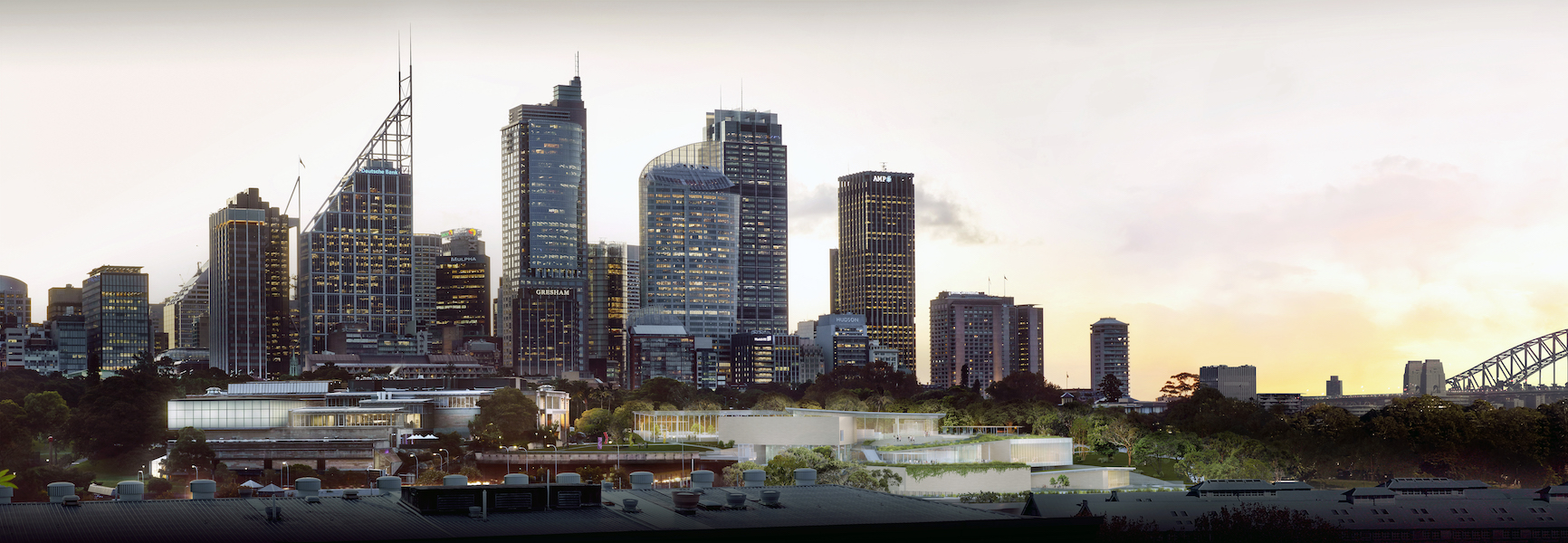
Courtesy of Art Gallery of New South Wales.
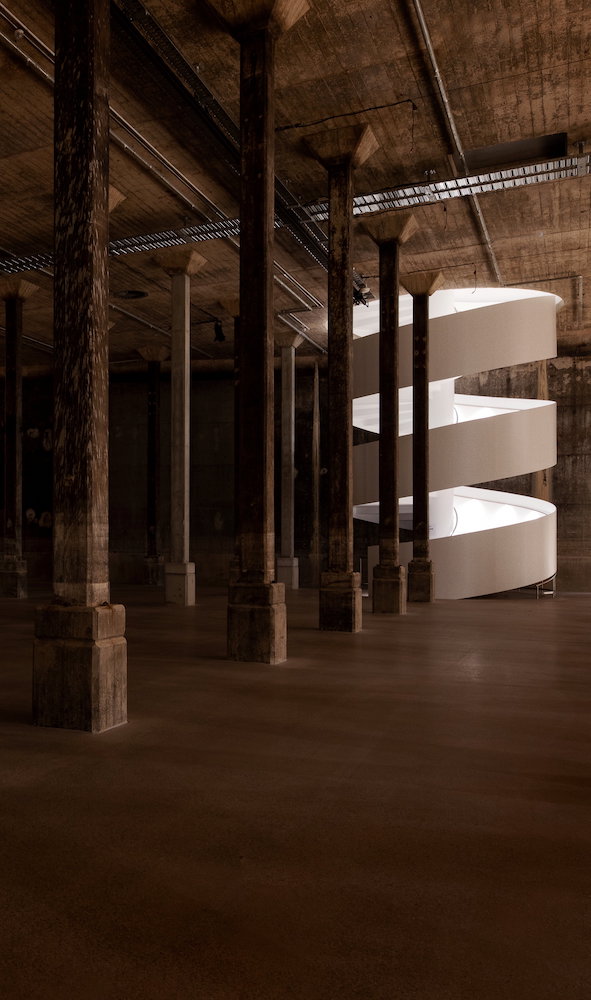
Photo by Jenni Carter, courtesy of Art Gallery of New South Wales.
WW: How would you describe the design SANAA created for the space?
MB: SANAA’s design is deceptively simple but technically complex. The building with its glass-and-limestone facade, thin roofs, and slender columns, is a series of interlocking pavilions that step down towards the bay. It incorporates a disused World War II naval fuel tank, which has been repurposed as an incredible art space unique to Sydney. It’s a rare experience for a museum director to open an art space as distinctive architecturally and as redolent historically as the Tank.
WW: How do the museum’s inaugural shows emphasize its mission?
MB: These exhibitions and displays reveal artists as explorers of the key social and political issues of our time. Drawn from a multitude of narratives and cultures, their artworks challenge and captivate, and in turn unveil our new building as a place of inspiration, wonder, and possibility.
Our program of exhibitions and displays reveals what’s important right here, right now. Enter a powerful conversation between Indigenous and non-Indigenous art. Experience rare works from our early colonial era, early film, and cherished Australian paintings in vital dialogue with international art movements. Explore rarely seen archival material that connects objects, memories, and the fabric of history.
In our existing building, visitors will encounter a wonderfully revitalized presentation of our diverse collection and a suite of timely exhibitions. These include an important monographic survey, a space for children to make and participate in art, and a soaring contemporary project that explores connection and collaboration.
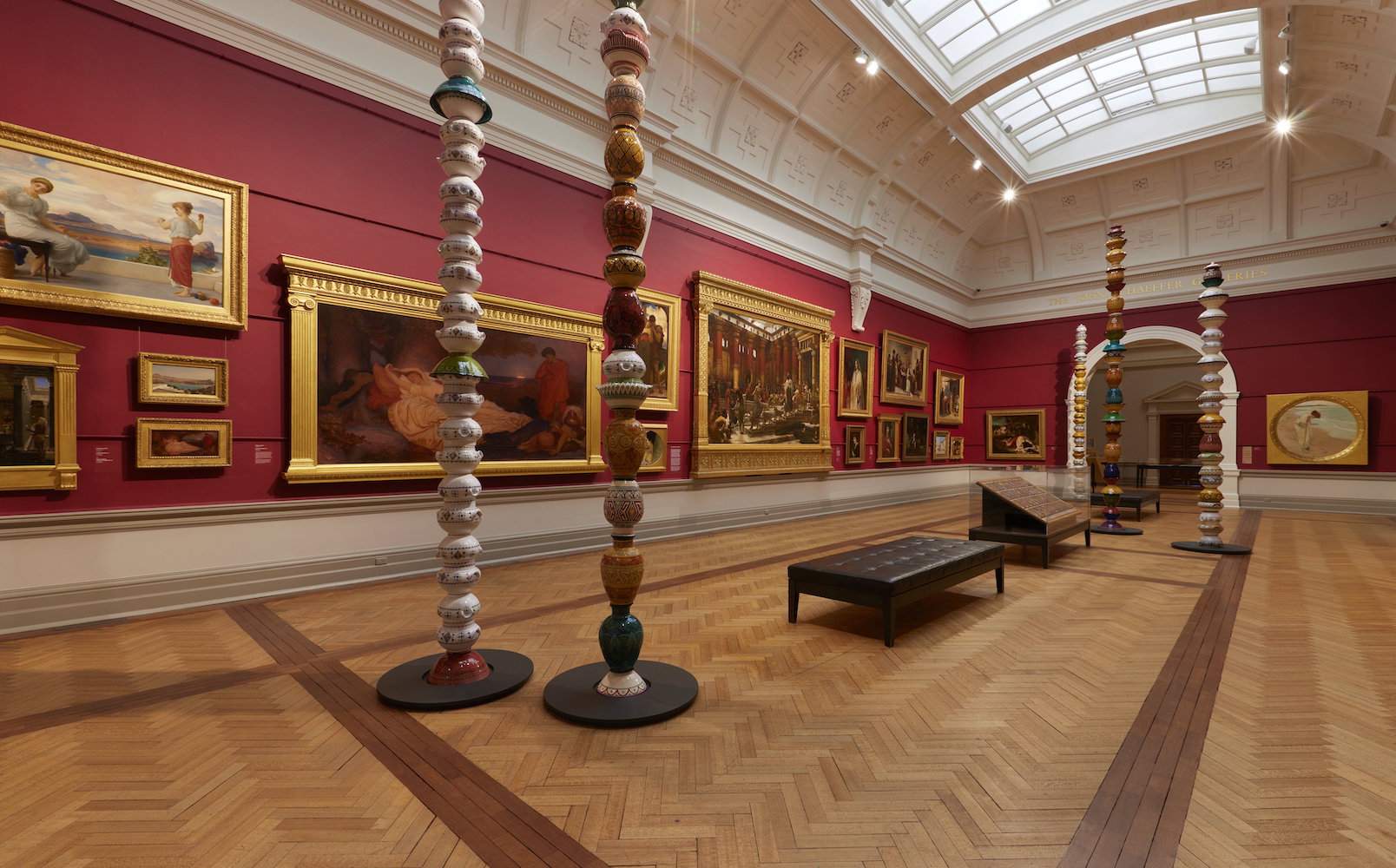
Photo by Jenni Carter, courtesy of Art Gallery of New South Wales.
WW: On the museum’s website, it reads, “We acknowledge the Gadigal of the Eora Nation, the traditional custodians of the Country on which the Art Gallery of New South Wales stands.” How is the museum honoring the people whose land the gallery now stands on?
MB: Everyone at the Art Gallery is deeply committed to our deep relationships with Indigenous communities, here on Gadigal Country in Sydney and across Australia. Aboriginal and Torres Strait Islander history, heritage, and culture is a critical aspect of our daily work.
As the State’s premier visual arts collecting institution, the Art Gallery has a crucial role in the collection, exhibition, and interpretation of Aboriginal and Torres Strait Islander art. Representing Aboriginal and Torres Strait artists from across Australia, the Art Gallery’s collection celebrates Indigenous Australia’s enduring cultural heritage and its myriad of contemporary expressions. We’ve been working with Indigenous communities across the country since the 1950s.
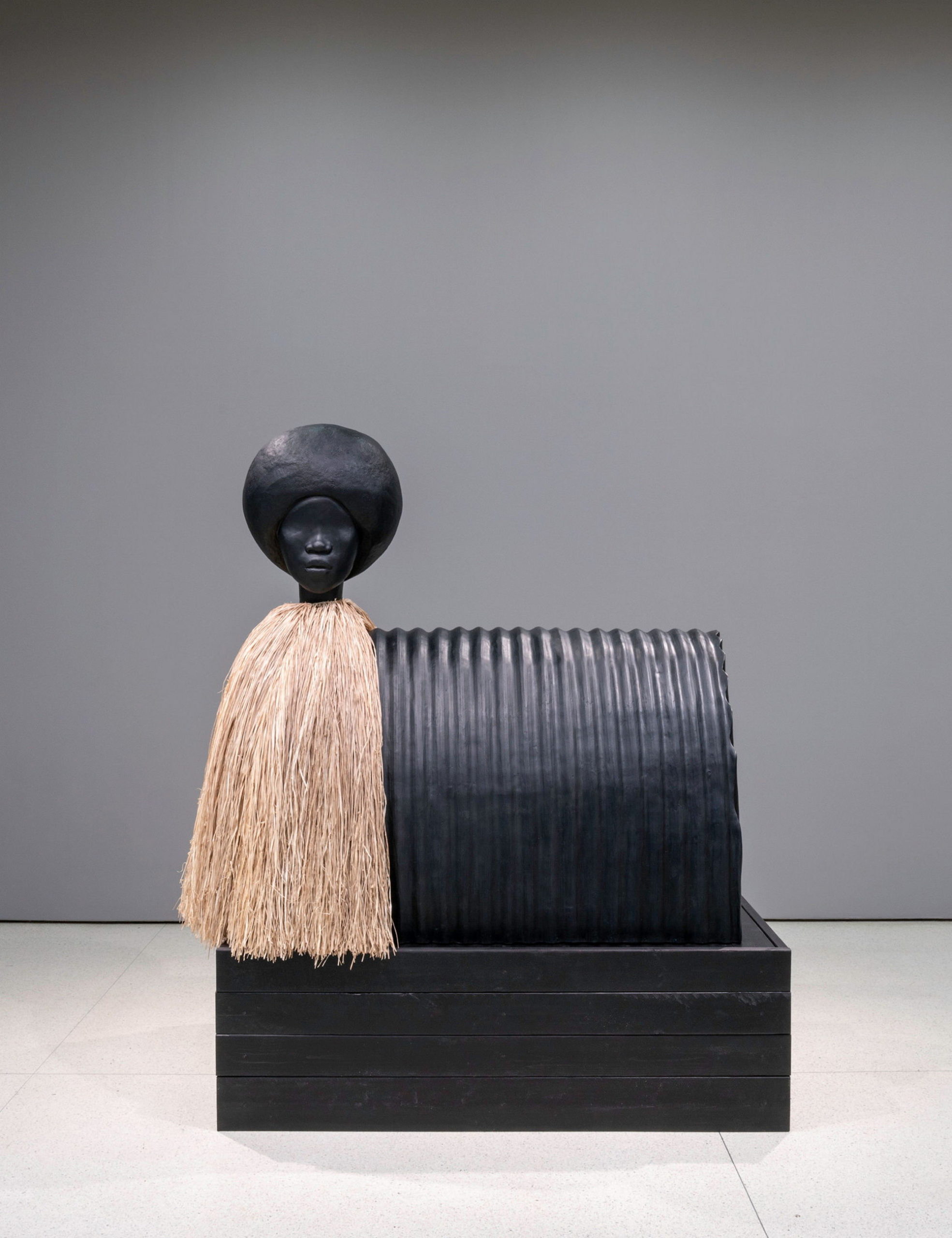
Simone Leigh, “Sentinel,” 2019, 205.7 x 185.4 x 102.9 cm, bronze, raffia; © Simone Leigh, courtesy of Art Gallery of New South Wales.
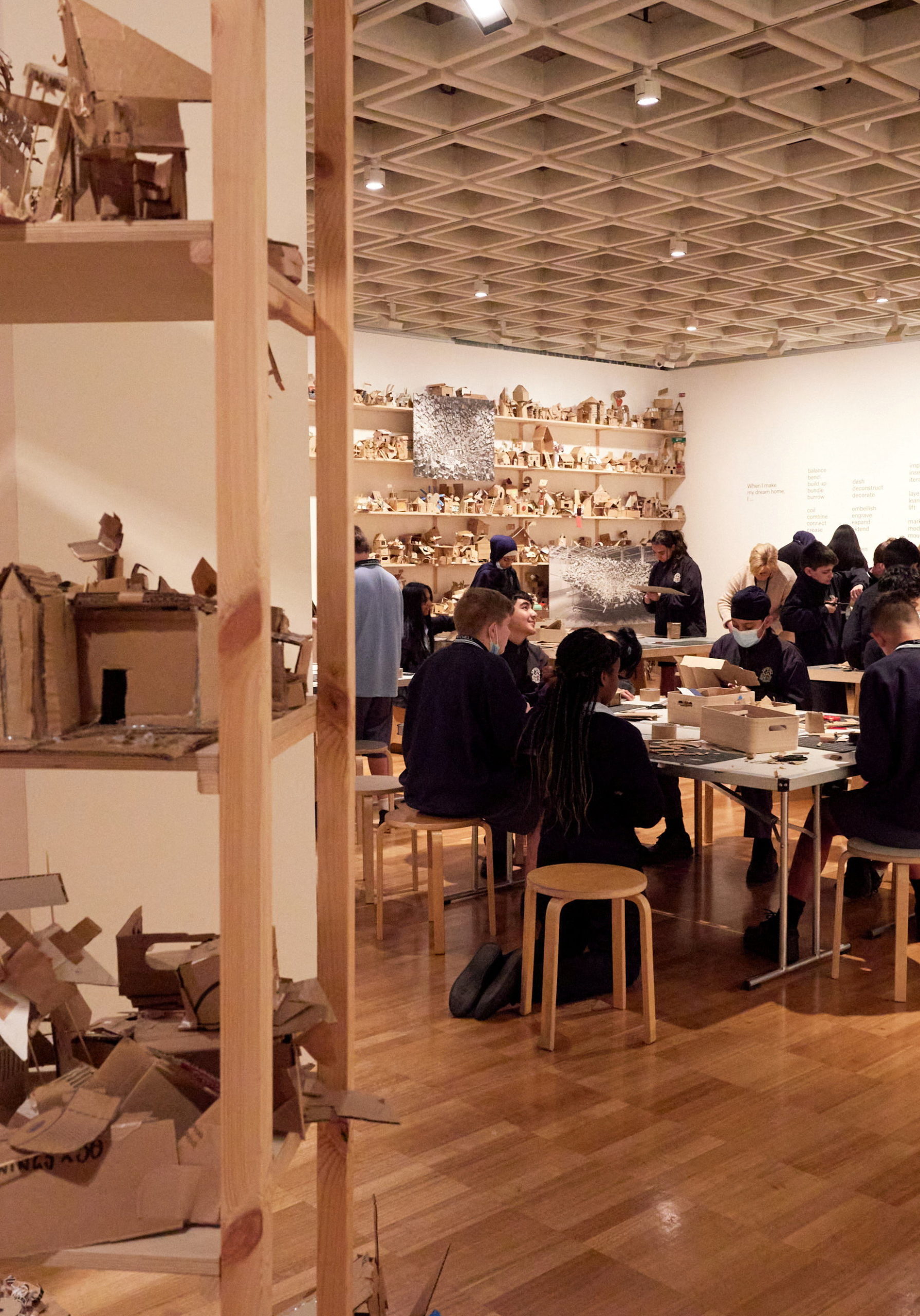
Installation view of “The Aquilizan Studio: Making it Home,” photo by Mim Stirling, courtesy of Art Gallery of New South Wales.
WW: The museum will give prominence to Aboriginal and Torres Strait Islander art. Can you tell us a bit about why these focuses are shown?
MB: The Art Gallery has a rich legacy of highlighting the depth and dynamism of Aboriginal and Torres Strait Islander art practice, especially through the Yiribana Gallery.
“Yiribana” means “this way” in the Aboriginal language of Sydney and was the name given to the Art Gallery’s dedicated space for the display of Aboriginal and Torres Strait Islander art when it opened in November 1994.
Relocating Yiribana from the lowest level of the existing building into the new building as part of the Sydney Modern Project elevates a central focus of Aboriginal and Torres Strait Islander art and culture across our transformed art museum.
The expanded gallery has allowed us to grow our First Nations collection to include ambitious projects such as large-scale sculptures and objects, as well as the major Sydney Modern commissions. Of the site-specific commissions, three are First Nations artists: Lorraine Connelly-Northey, Karla Dickens, and Jonathan Jones. Indigenous art will also be included in other displays across both buildings and the landscape.
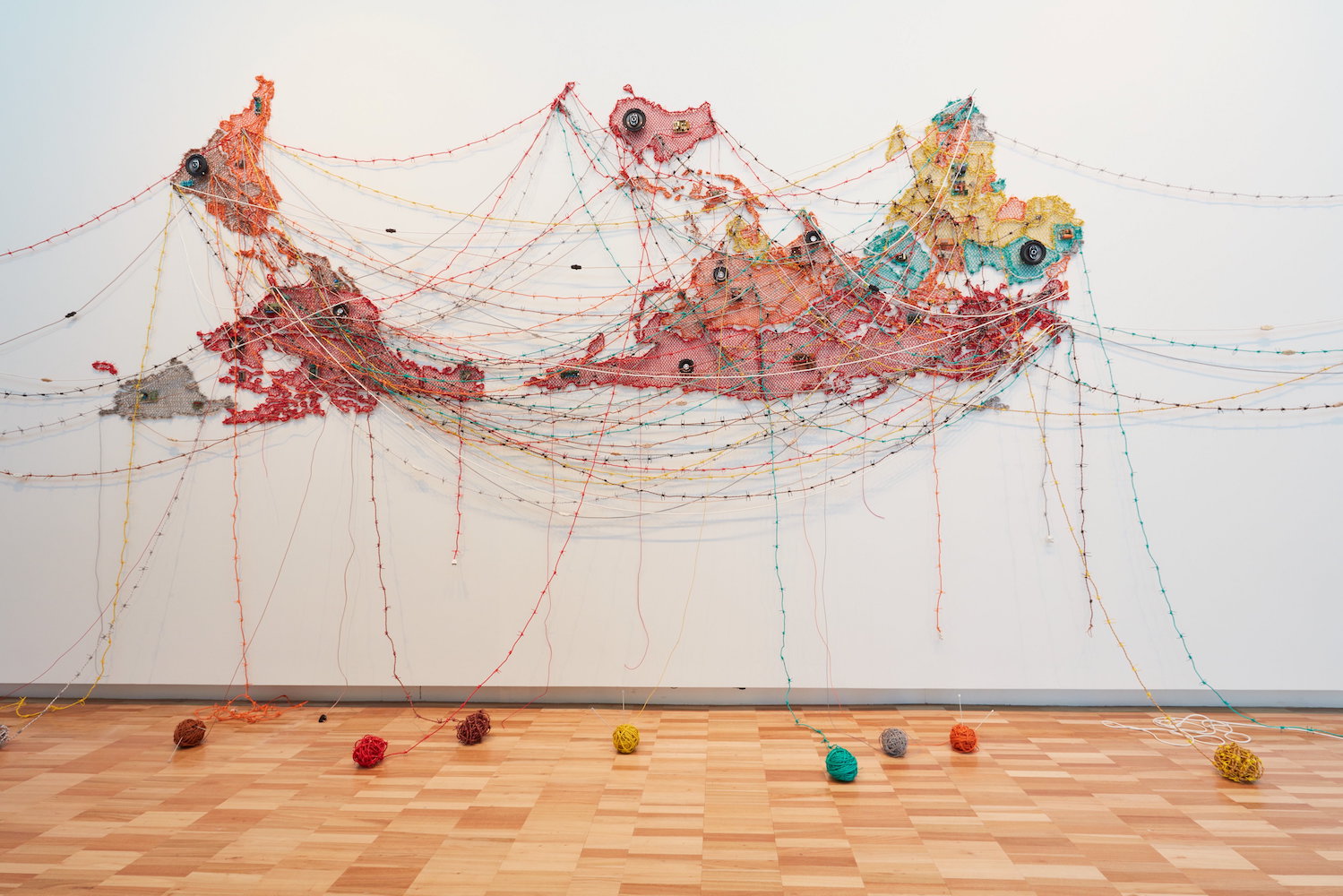
Reena Saini Kallat, “Woven chronicle,” 2018, circuit boards, speakers, electrical wires and fittings, dimensions variable; © Reena Saini Kallat, courtesy of Art Gallery of New South Wales, Roger Pietri Fund and the Asian Art Collection Benefactors.
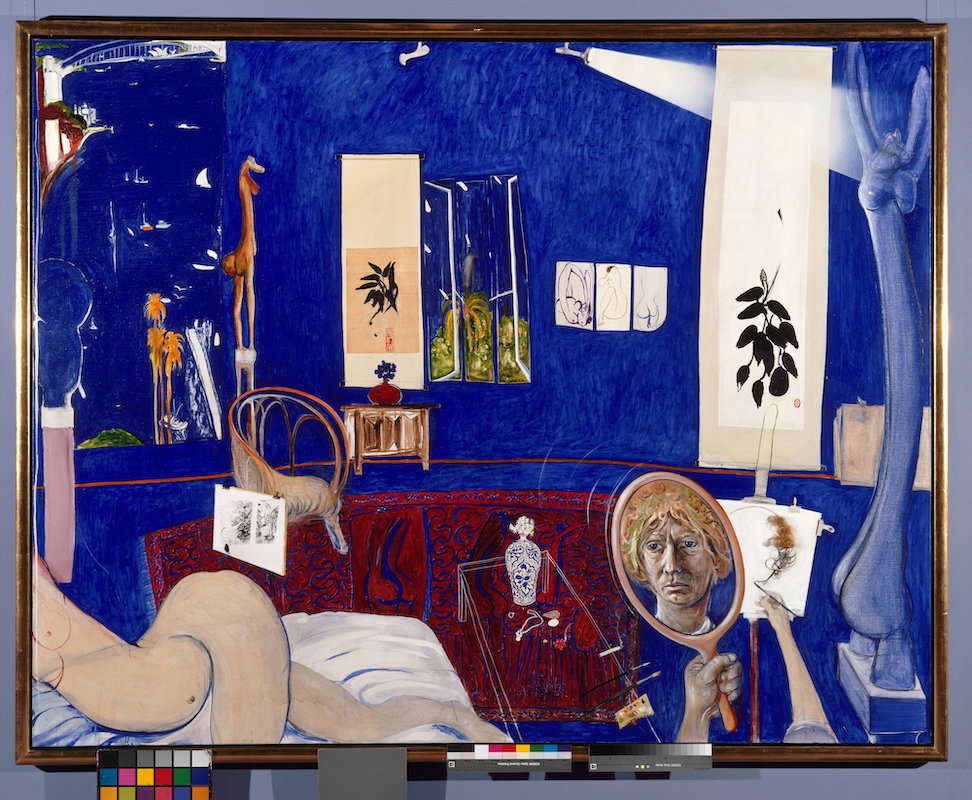
Brett Whiteley “Self portrait in the studio,” 1976, 200.5 x 259 cm, oil, collage, hair on canvas; Art Gallery of New South Wales, purchased 1977 © Wendy Whiteley, courtesy of Art Gallery of New South Wales.
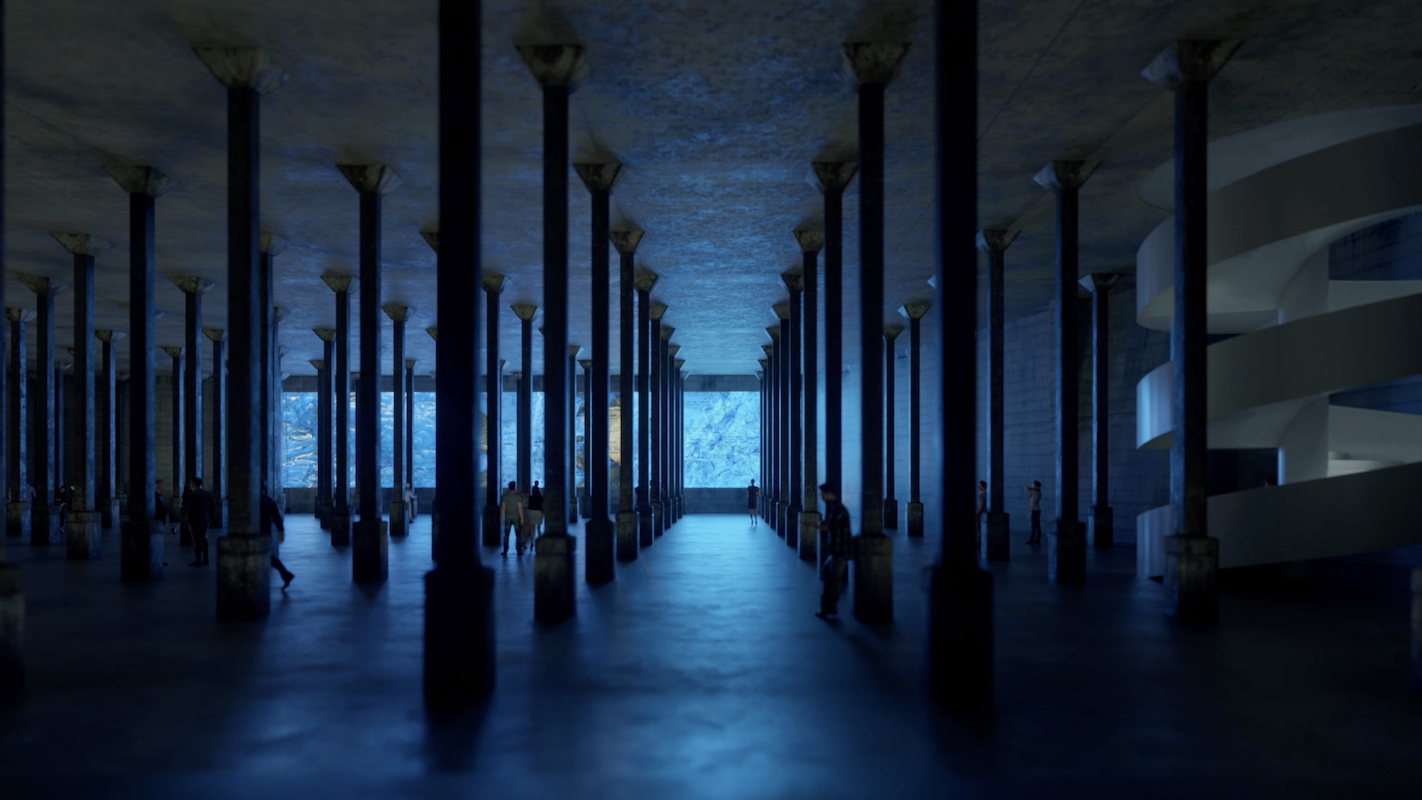
Courtesy of Art Gallery of New South Wales.


